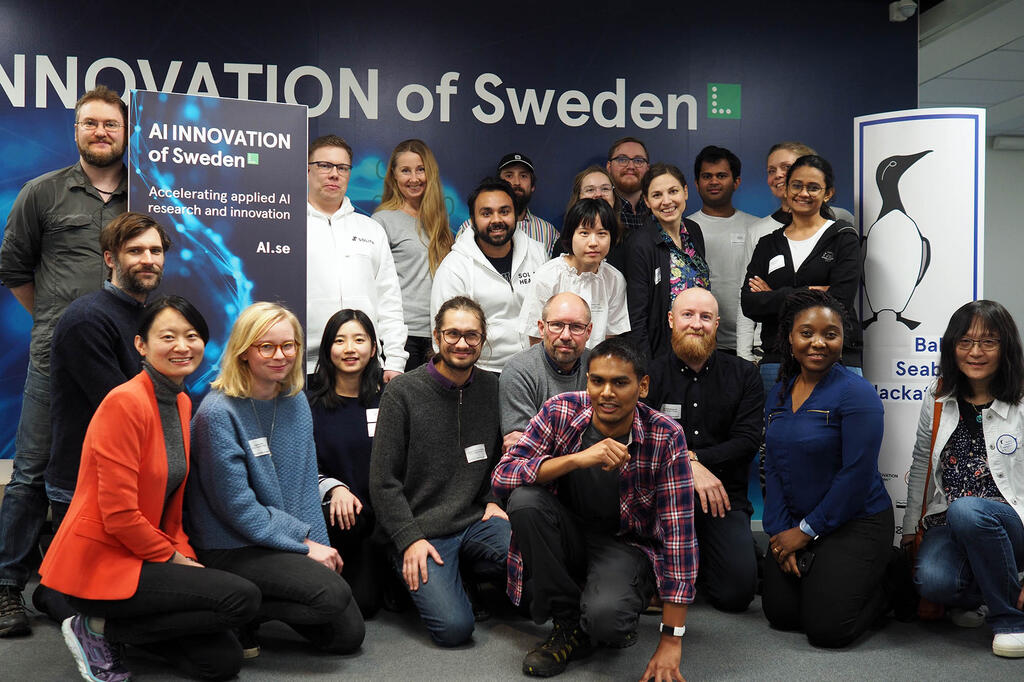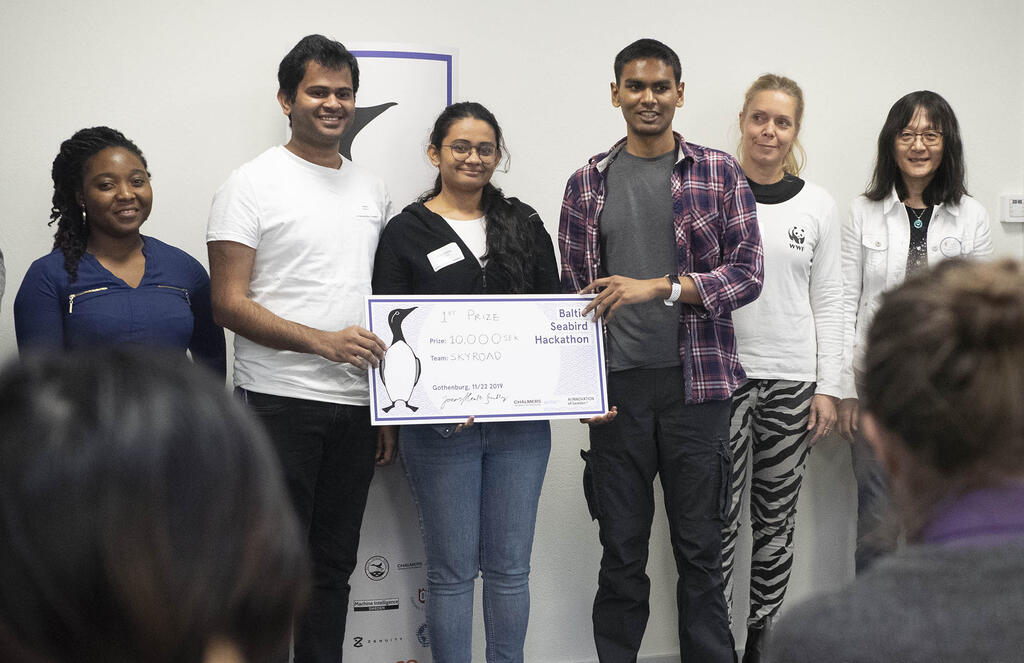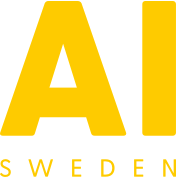Baltic Seabird Hackathon – the Data Factory at work
Last week's hackathon has the potential to impact science and research about the Baltic Sea. During the prize ceremony, marine expert Metta Wiese, WWF, asked all participants and bystanders to take two deep breaths.

"Remember," she said, "every second breath comes from the ocean. You have all made great efforts during these days, and your efforts will impact knowledge used to preserve and rebuild the Baltic Sea's' ecosystem".
The hackathon showed the interesting results that can be achieved when professions from different areas of expertise share data and methods. Among the presentations were exciting applications of machine learning models on the annotated video material provided by WWF and SLU, together with ideas for how to involve and educate the public about seabirds and ocean health. More about the Baltic Seabird AI/UX Hackaton
Team SkyRoads – Sheetal Reddy, Jayanth Reddy, Siddhartha
Winner of 10, 000 SEK was team SkyRoads with the following jury motivation:
"The winning team exceeded the jury's expectations by far. We are very impressed by all the smart choices made by the team to tackle the challenges, and that they really understood the problems. With hands-on solutions that could be applied right away, we are convinced that this team has already made a major contribution to this field of research."
The team also received a trip including accomodation to Stora Karlsö, where the Guillemots mate and the filmed material is live streamed and recorded from a man-made ledge.
A model project in fast-forward
This particular hackathon can also be viewed as a sped-up version of the typical Data Factory project. They all orbit around AI acceleration, providing connections and resources needed to see progress. Projects may vary in approach and conditions, but all share similarities with the Baltic Seabird Hackathon, as they in one way or another connect a problem and experts in that field, with AI expertise and the right resources, such as data and the infrastructure required.
Success factors in this hackathon were:
-
Biologists and researchers with qualitative data in their hands and ideas for what might be achieved leveraging this data with artificial intelligence and machine learning.
-
Annotation of the data (in this case filmed material) with the area of use in mind.
-
Data Factory infrastructure and resources.
-
Data scientists and AI experts using pre-trained models.
"I am overwhelmed about what can be accomplished when experts in different fields collaborate. We've seen utterly creative solutions to complex problems", says marine researcher Jonas Hentai-Sundberg from SLU. He continues:
"To analyze all this data, with this level of detail, would not be feasible without AI. This hackathon will accelerate knowledge in this field."
"We are greatly impressed and encourage by the interest, commitment and outcome of the hackathon. It has been amazing to see what can happen when people with different knowledge, expertise, perspectives and methods get together on a common challenge", says Martin Svensson, co-director AI Innovation of Sweden and contiues, "Inspired by this project we hope to soon generate value to both private and public sector through similar collaborative models."
"Combining this knowledge of a case, and a good data source, with high-end analysis techniques... The exciting thing is that I don't know what will happen!" /Jonas Hentati-Sundberg
With data of good quality and proper annotation, data scientists and programmers can start to test ideas of what can be extracted using algorithms and pre-trained models. With collaboration, cross-industry sharing, resources, and infrastructure, exciting things can happen.
Read more about the Baltic Seabird project
In November, a two-day hackathon was held in Gothenburg, with the aim of accelerating the research of guillemots and about the sensitive ecosystems of the Baltic Sea. Data scientists, programmers, and UX designers teamed up with WWF, the Swedish University of Agriculture (SLU), Stockholm Resilience Center, the Baltic Seabird Project, and AI Innovation of Sweden, to work out how to structure data on the seabirds.
Organization: WWF, SLU, Stockholm Resilience Centre, Baltic Seabird project, Chalmers AI Research Centre, AI Innovation of Sweden. With support from: Ocean Data Factory Sweden, SMHI, National Space Data Lab, CGIT, Annotell, Zenuity


